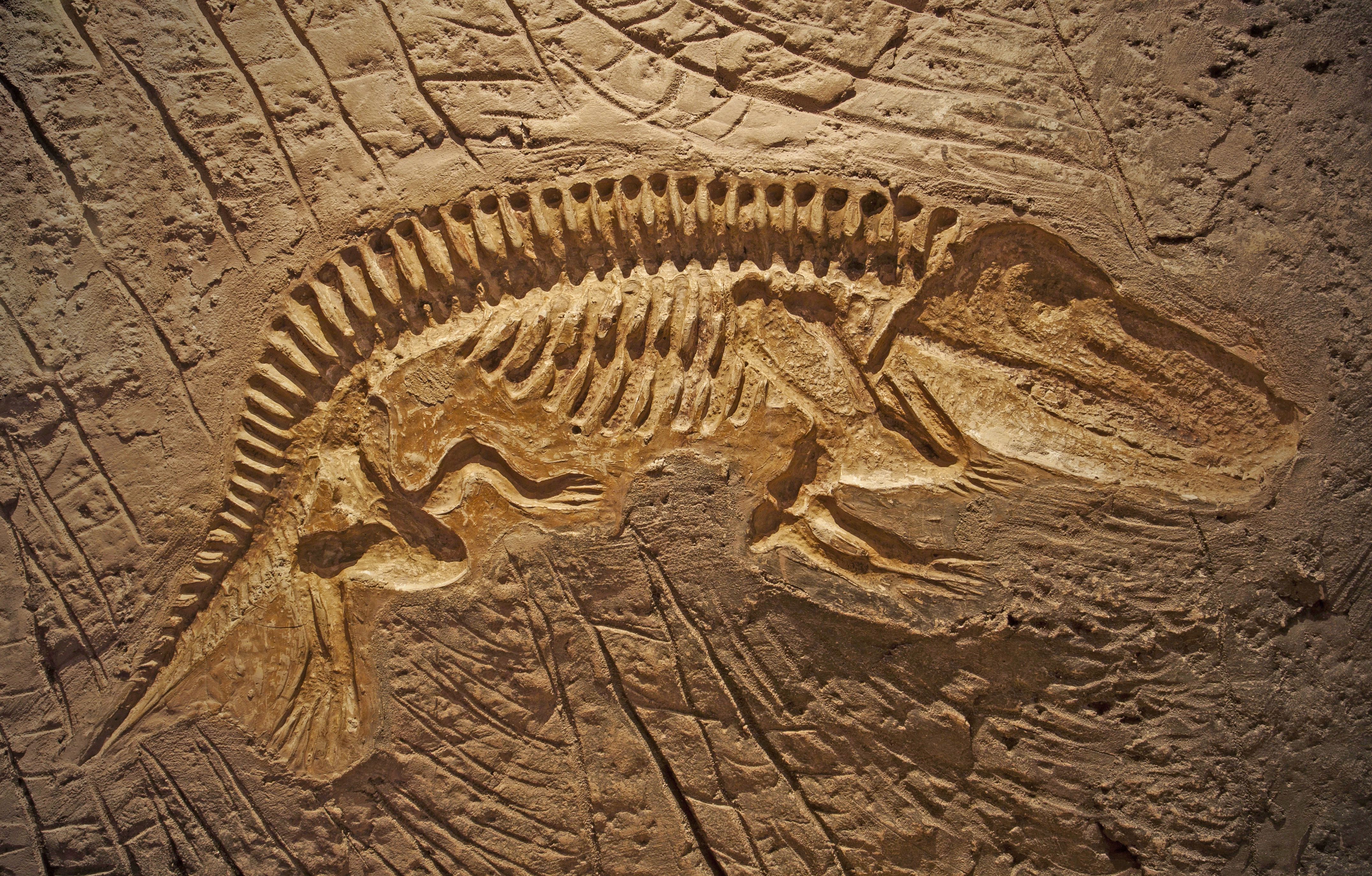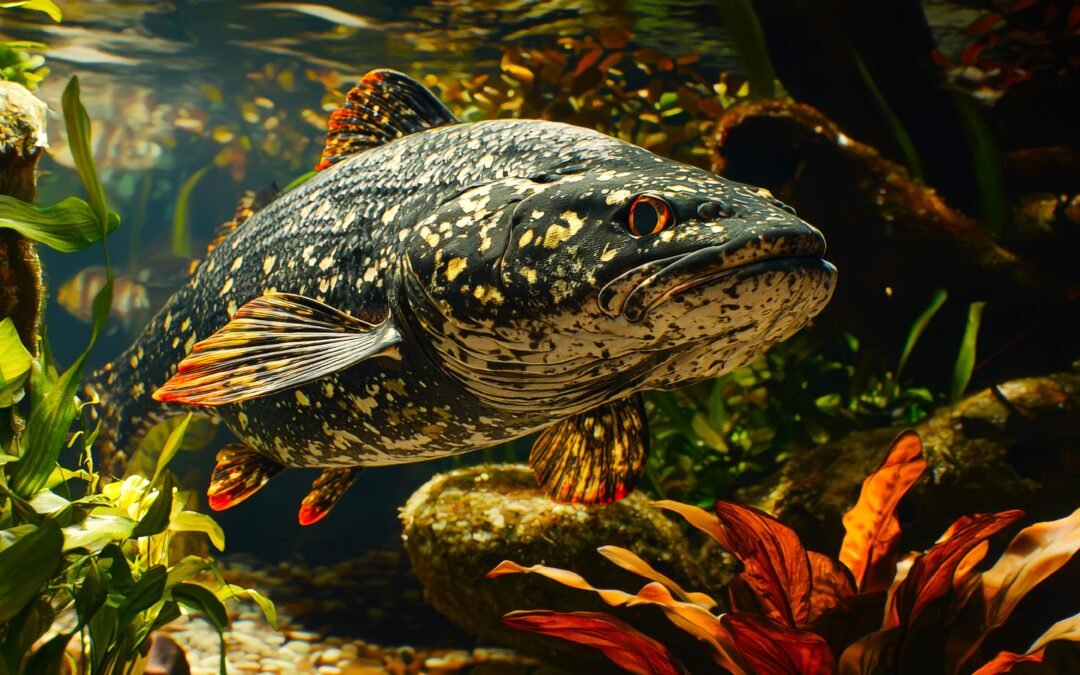[ad_1]
The prehistoric world had many scary creatures that weren’t dinosaurs; fortunately, most died out. Nonetheless, many extra creatures lived on previous that age, and a few by no means bothered to evolve.
Among the many most fascinating mysteries of nature are creatures that have not advanced in thousands and thousands of years. Whereas most species consistently adapt and alter, these residing time capsules have maintained their historical types by way of mass extinctions, ice ages, and numerous environmental modifications. They stand as a testomony to nature’s means to attain perfection on the primary strive.
These exceptional creatures that have not advanced problem every little thing we perceive about adaptation and survival.
From the ocean’s mysterious depths (home to many strange things in and of itself) to distant island sanctuaries, every of those residing fossils tells a rare story of endurance, providing us a direct window into Earth’s distant previous and proving that typically, the oldest designs are the most effective ones.

Associated
7 Most Fascinating Fossil Finds Of The 21st Century
A few of the unimaginable fossil discoveries of the twenty first century make you perceive how little we all know in regards to the prehistoric occasions on Earth.
8 Coelacanth: The Deep-Sea Time Traveler
An historical fish that proves some creatures have not advanced for the reason that age of early vertebrates
When a prehistoric-looking fish appeared in a South African fishing internet in 1938, scientists could not imagine their eyes. The coelacanth, probably the most well-known creatures that hasn’t advanced, was thought extinct for 65 million years.
Rising as much as six toes lengthy, these huge blue-scaled fish nonetheless swim by way of deep ocean waters utilizing the identical distinct lobed fins their ancestors used 400 million years in the past.
Trendy specimens remain virtually identical to their fossilized ancestors, from their armor-like scales to their distinctive hinged skulls, marking them as one in every of evolution’s best success tales.
7 Horseshoe Crabs: The Residing Tank Of Historic Seas
A marine arthropod that exhibits why some creatures have not advanced since earlier than the dinosaurs
This is not a delicacy a traveler will discover in the best restaurants in South Carolina’s Grand Strand for certain. The horseshoe crab represents one other fascinating instance of creatures that have not advanced, maintaining its distinctive form for over 450 million years.
These exceptional survivors predate the dinosaurs and have remained nearly unchanged for the reason that Ordovician interval. Regardless of their identify, they’re extra intently associated to spiders than crabs, and their distinctive blue blood accommodates compounds very important to fashionable drugs.
Their means to thrive in numerous marine environments whereas sustaining their historical physique plan demonstrates why some species obtain evolutionary perfection early and easily keep it.
Seeing horseshoe crabs is comparatively straightforward as they’re commonest through the full and new moons in late spring/early summer season. They arrive out at excessive tide at evening and early within the morning.
6 The Nautilus: The Spiral-Shelled Survivor
This historical cephalopod demonstrates why some creatures have not advanced for half a billion years
That is one thing vacationers ought to try the best bucket-list aquariums in the world to see. The nautilus represents one in every of Earth’s oldest creatures that have not advanced, sustaining its distinctive spiral shell design for practically 500 million years.
In contrast to its cousins, the octopus and squid, the nautilus retains its protecting shell, utilizing it as a sophisticated buoyancy control system. These exceptional creatures navigate the ocean depths utilizing the identical jet propulsion system their ancestors developed earlier than the primary vertebrates walked on land.
Their intricate shells, divided into chambers stuffed with fuel, enable them to maneuver up and down by way of the water column with unimaginable precision, proving that some historical improvements by no means want upgrading.

Associated
Rare 80 Million-Year-Old Fossils Of Giant Apex Predator Found In Texas
Jawbones of a uncommon mosasaur with rounded tooth had been found in Texas, pointing to how a lot these giant lizards advanced earlier than their extinction.
5 Tuataras: The Final Dragon of New Zealand
A novel reptile exhibits why some creatures have not advanced since dinosaur occasions
New Zealand is well-known as a destination where travelers can get up close and personal with wildlife, together with this cute creature.
The tuatara stands among the many most exceptional creatures that have not advanced, remaining nearly unchanged for over 200 million years. As the only real survivor of an historical order of reptiles, it outlived its closest kin whereas sustaining options that made it profitable through the age of dinosaurs.
Maybe most fascinating is its “third eye,” a light-sensitive organ on top of its head that helps regulate its organic clock. With its distinctive mixture of primitive options, together with a particular dental construction and distinctive backbone association, the tuatara presents residing proof that evolutionary perfection would not all the time require change.
As with most wild animals, guests who wish to see tuataras needs to be cautious. Don’t strategy or contact the tuataras, and attempt to observe them from a distance. Additionally, attempt to keep away from sporting robust fragrance or making sudden actions, as these could provoke the creature.
4 The Goblin Shark: The Historic Ocean Predator
This deep-sea shark demonstrates why some creatures have not advanced since early dinosaurs
Few creatures that have not advanced seize the creativeness fairly just like the goblin shark, typically referred to as a “residing fossil” as a consequence of its prehistoric look. With its distinctive lengthy snout and protrusible jaws, this deep-sea predator has maintained its unique hunting strategy for 125 million years.
These pale, pink-skinned hunters use electroreceptors of their elongated snouts to detect prey within the darkness of their deep-ocean habitat, then deploy their extendable jaws in a lightning-fast strike – a looking technique that has remained unchanged for the reason that early Cretaceous interval.
3 Lamprey Eels: The Vampire of Historic Seas
A primitive fish reveals why some creatures have not advanced for over 300 million years
The lamprey represents probably the most historical creatures that hasn’t advanced, sustaining its distinctive features for over 360 million years.
These jawless fish swim by way of each contemporary and salt water utilizing the identical fundamental physique plan their ancestors used earlier than vertebrates conquered land. Their round, tooth-lined mouth and eel-like physique have confirmed so efficient that they’ve survived a number of mass extinctions with out important modifications.
Although typically ignored, lampreys provide essential insights into early vertebrate evolution and exhibit the exceptional sturdiness of primitive physique designs.

Associated
8 Fascinating Fossil Finds That Phased Experts
A few of the most fascinating fossil finds on this planet stumped specialists once they had been initially found. These eight had been the strangest amongst them.
2 The Crocodile: Nature’s Excellent Predator
An historical reptile exemplifies why some creatures have not advanced for the reason that Triassic
Among the many most profitable creatures that have not advanced, crocodilians stand out for maintaining their basic body plan for over 200 million years. These formidable predators survived the extinction occasion that worn out the dinosaurs whereas preserving their basic design practically unchanged.
Their mixture of armored pores and skin, highly effective jaws, and environment friendly metabolism has confirmed so efficient that fashionable crocodiles hunt utilizing the identical methods their ancestors employed through the Mesozoic period. Their success story demonstrates that typically, evolutionary perfection comes early.
1 The Platypus: The Paradox of Evolution
This egg-laying mammal exhibits why some creatures have not advanced for the reason that Cretaceous
The platypus stands as probably the most peculiar creatures that hasn’t advanced considerably in over 120 million years. This egg-laying mammal combines options from completely different animal teams in ways in which appear to defy evolutionary logic.
From its duck-like bill equipped with electroreceptors to its venomous spurs and fur that glows beneath UV gentle, the platypus maintains traits that its ancestors developed through the age of dinosaurs. Its continued success proves that typically, essentially the most uncommon combos can create lasting evolutionary options.
[ad_2]
Source link



Recent Comments